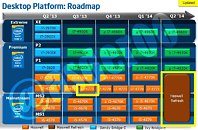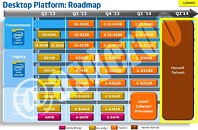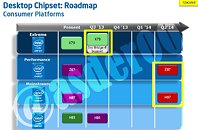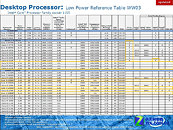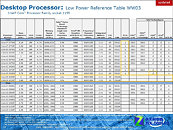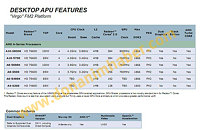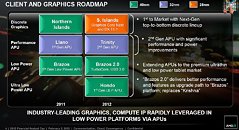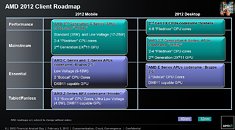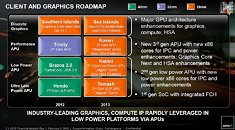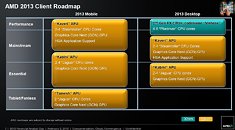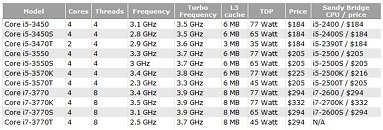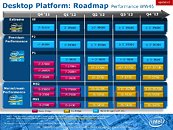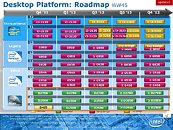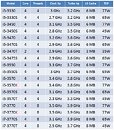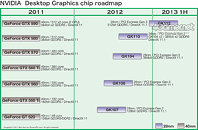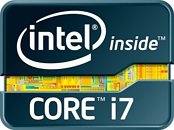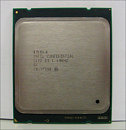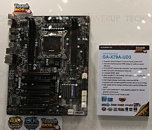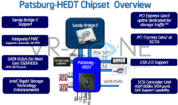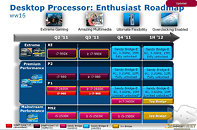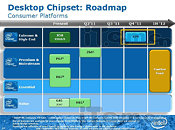
Intel's Desktop Processor Roadmap for H2 2013 to H1 2014 Revealed
According to CPU World staff, who, by appealing to an unnamed secondary source, managed to confirm the validity of an earlier leak, we are now looking at Intel's desktop roadmap for the following twelve months. The slides reveal the Q3 launch of Intel's Ivy Bridge-E chips, the Core i7-4820K, i7-4930K and i7-4960X comprising the lineup. The new Extreme chips will make use of the existing X79 platform. Also in Q3 the Premium line will receive a new product, the Core i7-4771, which we do not know in what way differs from the currently available Core i7-4770, but a judicious appeal to wild speculation could point out an upgraded IGP.
The mid segments will get a platform upgrade in the form of a new H81 chipset, and six new processors, the Core i3-4130, i3-4330, i3-4340, as well as three new Ivy Bridge based Pentium chips, the G3220, G3420 and G3430. Celeron processors are in the pipelines for Q1 2014, while Q2 will follow with the Haswell refresh and the accompanying new platform based on the Z97 and H97 chipsets.
The mid segments will get a platform upgrade in the form of a new H81 chipset, and six new processors, the Core i3-4130, i3-4330, i3-4340, as well as three new Ivy Bridge based Pentium chips, the G3220, G3420 and G3430. Celeron processors are in the pipelines for Q1 2014, while Q2 will follow with the Haswell refresh and the accompanying new platform based on the Z97 and H97 chipsets.
